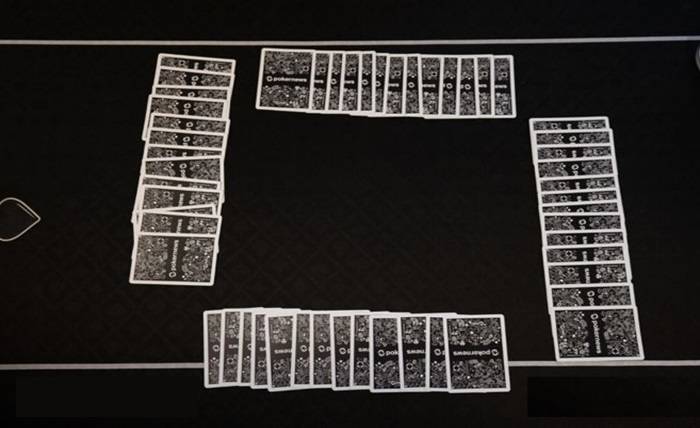Introduction to Bridge
Bridge, a stimulating and intellectually enriching card game, has captivated enthusiasts for decades. Originating from the British game of whist, Bridge has evolved into a widely played pastime, known not only for the thrill of competition but also for fostering social connections. Unlike simpler card games, Bridge involves complex strategies and team cooperation to achieve mastery, making it both challenging and rewarding. The right equipment, such as quality bridge playing cards, can significantly enhance your playing experience by ensuring smooth gameplay.
Basic Rules and Structure
The structure of Bridge revolves around teamwork and strategic planning. Played with a standard 52-card deck, the game comprises four players in two competing partnerships. The essence of Bridge lies in the bidding phase, where players declare a target number of tricks they aim to win. Successful bidding requires a deep understanding of card values and probabilities, challenging players to assess their hands effectively. This phase is followed by trick-taking rounds, emphasizing the execution of earlier strategies. Each aspect of Bridge relies heavily on calculated risk-taking and precision, a testament to why it remains a favorite among card game enthusiasts.
The Role of Communication in Bridge
Communication is a subtle yet critical component of Bridge, occurring through bids and inferences rather than words. Players must interpret partners’ bids, crafting strategies based on these non-verbal cues to outmaneuver opponents. This “silent communication” is an art form that demands acute attention to detail and a comprehensive understanding of bidding conventions. Expertise in this area can transform the game from a simple card exercise into an intricate intellectual duel where informed decision-making reigns supreme.
Key Strategies for Winning
Long-standing Bridge specialists emphasize the importance of strategies transforming average play into potential victories. Effective strategy begins with hand evaluation, influencing bidding decisions and subsequent gameplay. Skilled players often visualize potential outcomes and adjust their tactics to the game’s flow. Defensive maneuvers are equally vital; anticipating and counteracting opponents’ moves can be pivotal. Studying resources can provide invaluable insights into refining these strategies, offering players a deeper understanding of the game’s dynamics.
Common Mistakes to Avoid
Every player, irrespective of experience, falls victim to common mistakes that jeopardize their performance. Misjudging hand strength, miscommunication with partners, or failing to stay focused can change the course of a match. While seemingly minor, these errors underscore the importance of attentive practice and continual improvement. Approaching each game as a learning opportunity allows players to identify weaknesses and fortify their skills. Embracing this mindset is critical to overcoming challenges and consistently performing at a high level.
Bridge in the Modern World
The transition of Bridge into the digital realm has opened new avenues for players to connect and compete. Digital platforms have made the game accessible to everyone, allowing fans from every part of the world to engage in online matches. This technological evolution has preserved traditional gameplay and encouraged a new generation to discover Bridge. Digital resources, like beginner tutorials and global tournaments, have enriched the game, enhancing accessibility and excitement. This change has revitalized enthusiasm for card games, such as Bridge.
Insights from Expert Players
Expert Bridge players highlight the significance of adaptability and continuous learning when playing casually or on a competitive circuit. Listening to personal anecdotes and strategic insights from seasoned players can offer valuable lessons, shedding light on the intricacies of gameplay beyond textbooks. Their experiences emphasize resilience, the importance of partnership harmony, and the joy of ongoing discovery that Bridge offers. By integrating these insights into practice, emerging players can expand their tactical repertoire and gain a richer appreciation of the game.
Conclusion
Bridge remains a compelling blend of strategy, teamwork, and intellect, rewarding players with challenges and camaraderie. As you delve deeper into its complex strategies and unique conventions, you can enjoy a game that is as much about the social experience as it is about the thrill of competition. Picking up a deck of Bridge playing cards, in-person or virtually, invites you into a world of endless learning and enjoyment—a testament to Bridge’s enduring appeal.

